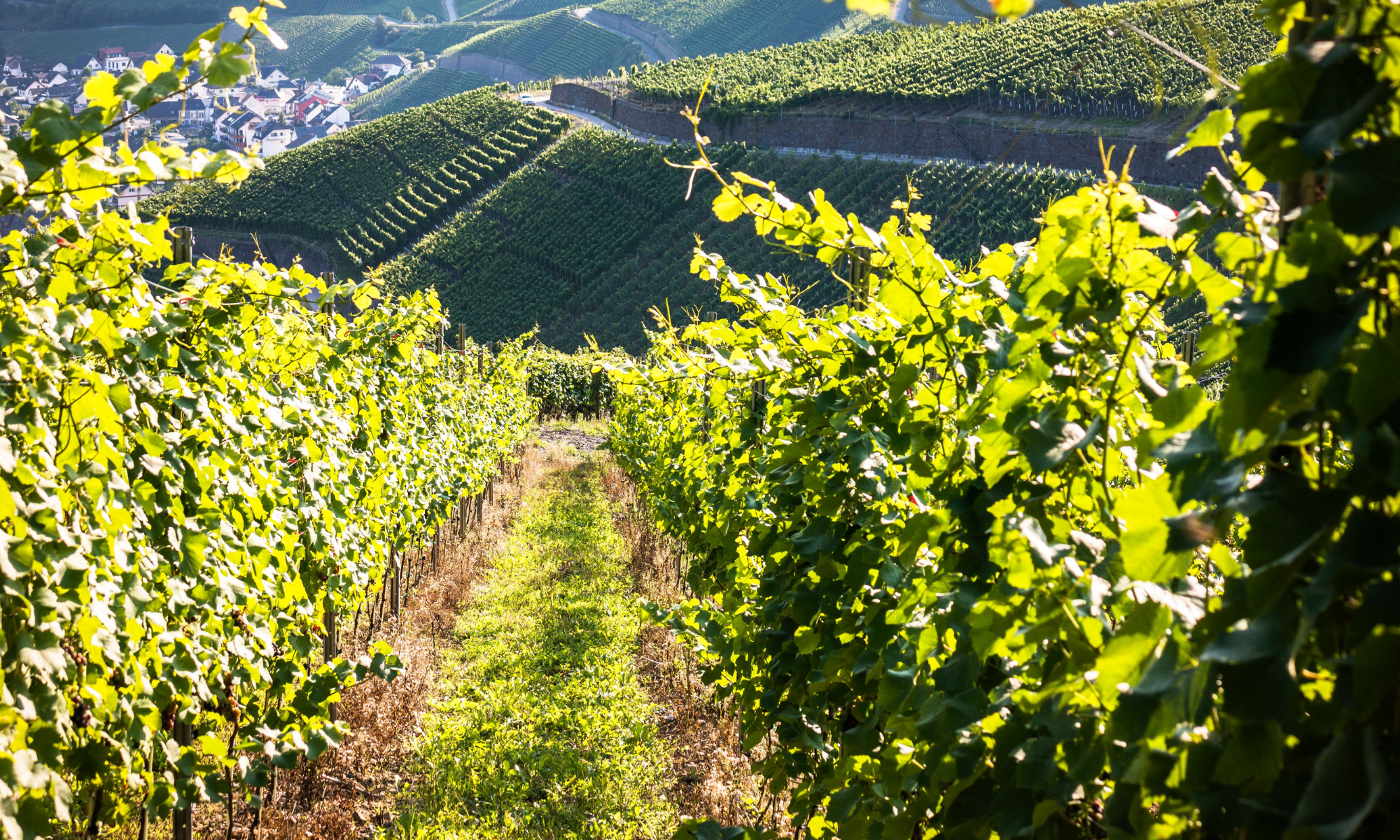
Marty’s Mission: An Apollo 11 Story
by Judy Young (Author) and David Miles (Illustrator)
Booktalk: It’s 1969 and Marty’s family lives on the U.S. island of Guam, where his father manages the NASA tracking station. It’s important work and never more so than during the Apollo 11 space mission, where the tracking station relays signals back and forth between the astronauts and Mission Control in Houston, Texas. Along with the rest of the world, Marty listens to every mission update, including the historic landing on the moon and astronaut Neil Armstrong’s first steps. But during Apollo 11’s return to Earth, something goes wrong. There is a problem with the tracking station’s antenna during the final hours of the mission. The problem must be resolved–the antenna is the only way Mission Control can communicate with the astronauts before Apollo 11 splashes down. Marty finds himself playing a key role in helping bring the craft safely back to Earth. Based on actual events
Snippet: “Why do you need me?” Marty asked.
“We think it’s a bearing, but we don’t have time to take the antenna apart and replace it,” Dad said.
“What’s a bearing?” Marty asked.
“A ring with metal balls encased inside, like this.” Dad took a bearing from a box and showed it to Marty. “The balls have to roll for the antenna to move, but they’re stuck. We hope if we pack the bearing with grease, it will work again. Trouble is, our arms are too big to reach inside. Do you think you can do it?”

It’s STEM Friday! (STEM is Science, Technology, Engineering, and Mathematics)
Copyright © 2019 Anastasia Suen All Rights Reserved.









 The Orca Scientists (Scientists in the Field Series)
The Orca Scientists (Scientists in the Field Series)




 Do flowers talk? And if they do, can we hear them? Sara Levine addresses these – and more questions – in her new book.
Do flowers talk? And if they do, can we hear them? Sara Levine addresses these – and more questions – in her new book.



